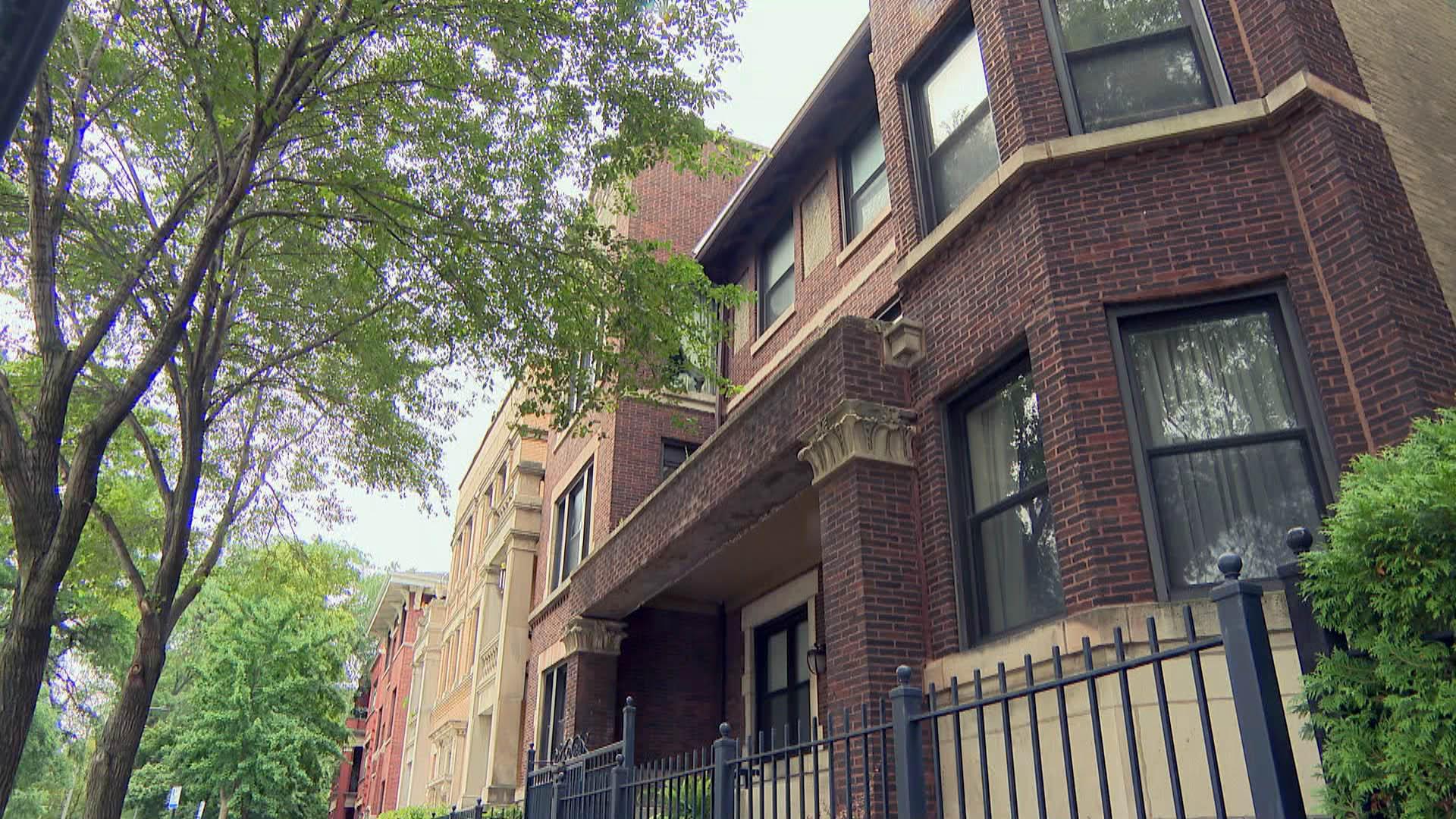 (WTTW News)
(WTTW News)
Rules designed to force developers of large projects in neighborhoods with red-hot real estate markets to build more apartments for low- and moderate-income residents will stay in place for an additional six months under a plan advanced Tuesday by aldermen.
Thanks to our sponsors:
The extension until the end of June will give officials time to finish a proposal to revise the city’s affordable housing ordinance.
A report from a task force formed by Mayor Lori Lightfoot published in September recommended that developers who get special permission or a subsidy from the city be required to set aside units that low- and moderate-income Black and Latino Chicagoans can actually afford.
The affordable housing law, last revised in 2015, has barely dented the city’s affordable housing gap of nearly 120,000 homes, which has put “swaths of the city out of reach of low-income and working-class Chicagoans,” according to the task force.
The full City Council is expected to approve the six-month extension at its meeting on Dec. 16.
The measure applies to three areas of the city that officials determined in 2017 were experiencing gentrification:
—The Milwaukee Corridor, including 9 square miles along Milwaukee Avenue within parts of Logan Square, Avondale and West Town
—The Near North area, which includes 6 square miles near the North Branch Industrial Corridor
—The Near West area along the CTA Green Line on the Near West Side
Former Planning Commissioner David Reifman told aldermen in 2017 that the measure would be a success if it created 1,000 new affordable units. It has created 322 units, according to data from the Department of Housing.
A similar pilot program in the Pilsen and Little Village neighborhoods does not end until Dec. 31, 2023.
The city’s affordable housing ordinance applies to any development of 10 or more units that needs special approval by city officials, is on city-owned land or is subsidized by taxpayer funds. Each project must set aside 10% of its units for low-income residents or pay a fee.
The anti-gentrification rules set to be extended until June 30 boost that requirement to 15% along the Milwaukee Corridor and in the Near West Area, while setting a 20% requirement in the Near North Area. The rules also eliminate the option of paying a fee rather than setting aside new units.
Since the rules took effect on Nov. 1, 2017, they have created 36 units along the Milwaukee Corridor, none in the Near West Area and 282 units in the Near North Area, according to data from the Department of Housing.
Ald. Walter Burnett (27th Ward) said the measure had been effective in his ward, which includes the Near North Area, and supported the effort to keep it in place while a permanent solution is crafted since more projects are in the works.
In all, the city’s Affordable Requirements Ordinance created just 1,118 homes since 2007, and generated $137.5 million in fees, according to city data.
Under the current ordinance, units considered affordable are designed for households earning approximately 60% of area median income.
The report’s top recommendation calls for the city’s ordinance to be changed to require units be set aside for low- and moderate-income residents earning significantly less than 60% of the area’s median income, or about $54,600 for a family of four, according to the report.
Under the current law, apartments set aside for low- and moderate-income Chicagoans are still unaffordable for most Black and Latino families, according to the report. The median household income of Black Chicagoans is $27,713, while the median household income of Latino Chicagoans is $40,700, according to an analysis of American Community Survey data by the Metropolitan Planning Council. That means more than six in 10 Black Chicago households and more than five in 10 Latino Chicago households could not afford a rental unit set aside as affordable under the current law.
Progressive aldermen have called for the ordinance to be overhauled.
Their proposal would require 25% of affordable units to be affordable for those earning 20% of the area median income, which those who are disabled and rely on payments from Social Security could afford, and another 25% set aside for those earning 40% of the area median income, which would be affordable for most Black families. The remaining 50% would be earmarked for those earning 50% of the area median income, which would be affordable for most Latino families.
In addition, the plan endorsed by 11 aldermen along with One Northside, Access Living and the Northwest Side Housing Center, would give developers a 5% reduction in the total number of units they would be required to build if 90% of the affordable units have at least two bedrooms and 60% have three bedrooms.
Contact Heather Cherone: @HeatherCherone | (773) 569-1863 | [email protected]
Thanks to our sponsors:
Thanks to our sponsors:
"plan" - Google News
December 09, 2020 at 05:29AM
https://ift.tt/3gsV97i
Anti-Gentrification Measure Extended for 6 Months as Officials Craft New Plan - WTTW News
"plan" - Google News
https://ift.tt/2un5VYV
Shoes Man Tutorial
Pos News Update
Meme Update
Korean Entertainment News
Japan News Update
Bagikan Berita Ini














0 Response to "Anti-Gentrification Measure Extended for 6 Months as Officials Craft New Plan - WTTW News"
Post a Comment